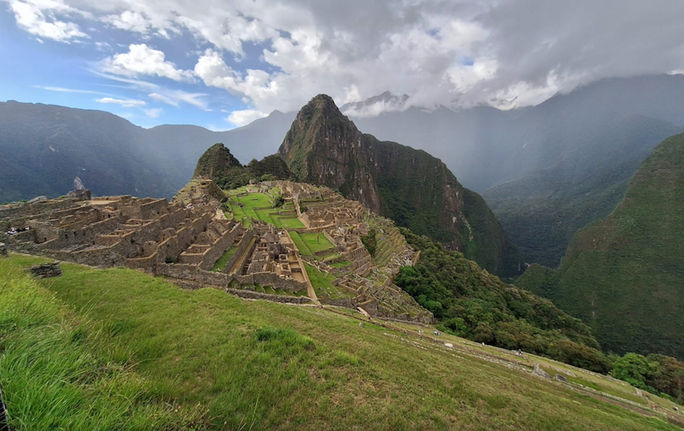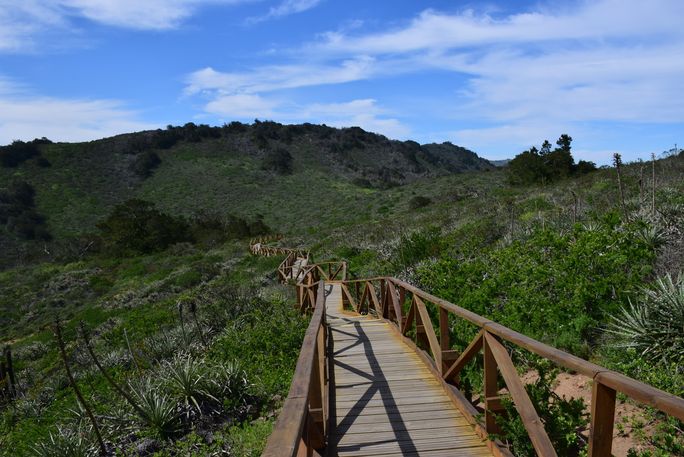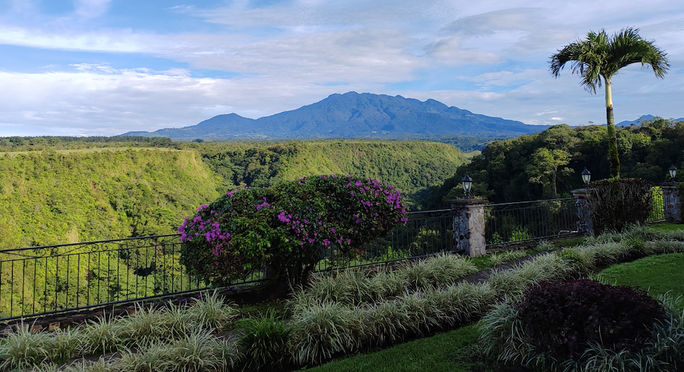
The Sacred Valley of the Incas in Peru is one of the most remarkable places to practice astronomical tourism. (Photo Credit: Viri Valenzuela)
Latin America has extraordinary places in the middle of nature for observing the sky, away from the light pollution of large cities and with ideal weather conditions.
These are some of the most outstanding destinations for those who seek to enjoy this trendy tourist experience.
Sacred Valley of the Incas, Peru
One of the most mystical places worldwide is the Sacred Valley of the Incas, very close to Cusco, Peru. The path leads to the imposing Machu Picchu, the sacred city of the fascinating Inca empire, which paid tribute to the universe with ceremonial sites dedicated to the planets and stars.
Today, it is possible to travel this sacred route to the monumental Machu Picchu and, throughout the area, enjoy nights of silence in direct contact with the universe. According to some historians, the Incas believed the route through this valley linked the Urubamba River with the Milky Way.
Visitors have several options to enjoy and learn more about the universe. One is to visit the Cusco Planetarium, which performs astronomical tours. Another is to enjoy the stars in the valley with glamping options in the lagoons of Humantay and Salkantay. Another recommended option is a starry night tour of the Solar de Uyuni.
Fray Jorge National Park, Chile
This culture-rich South American country is recognized worldwide as one of the most important places for the practice of astronomical tourism, and the Fray Jorge National Park is one of the main destinations it offers for travelers for fun and research.
This extraordinary place, located in the Coquimbo region, about 260 miles from Santiago, the Chilean capital, offers an average of 280 nights of clear sky per year, making it ideal for stargazing. This park has been declared a Starlight Zone, a UNESCO certificate for places suitable for astronomical observation on the planet.
The tours begin at La Serena, where visitors can see stars in perfect darkness. Experts give an astronomical talk to introduce visitors to the world of the universe. At the end of the experience, participants receive a digital photograph as a souvenir.

Fray Jorge National Park in Chile. (Photo Credit: cinthia/Adobe)
San Juan Talpa,?El Salvador
This destination is just over half an hour by road from San Salvador, the country's capital. Here is the San Juan Talpa Observatory, inaugurated in 2000 with astronomers Carolyn Shoemaker and David Levy, discoverers of the comet Shoemaker-Levy 9.
Officially known as Prudencio Lach Astronomical Observatory, this place is home to a series of science outreach activities of the Salvadoran Astronomy Association (ASTRO). ASTRO is dedicated to promoting the study of the cosmos, with observations in this 15-square-mile territory and courses and seminars in which children and adults can learn more about our galaxy.
Private tours are offered, including guided and informative visits to the observatory and sunset views of the immense valley. Visitors can use high-resolution telescopes to observe planets, the Moon, stars, galaxies, nebulae, and star clusters at night.
Tupungato, Argentina
The world-famous wine province of Mendoza, bordering Chile, is a privileged area adorned by the peaks of the Aconcagua Mountain. In 2017, it was chosen as one of the favorite destinations of thousands of visitors who seek to enjoy starry nights. The low light of the surroundings and the few rains of this area of the southern hemisphere make it an ideal place for lovers of astronomical tourism.
One of the best sites offered by this place is the Mirador Cristo Rey del Valle, from which visitors can enjoy the night sky with binoculars, telescopes, or the naked eye. In addition, the place has guided tours in which tourists can observe stars, constellations, planets, the Moon, the Sun, artificial satellites, and many other celestial bodies.
One of the most popular activities is the observation of the night sky with a duration of a couple of hours, in which galaxies, nebulae, star clusters, and the sighting of planets such as Saturn, Venus, and Jupiter are discovered through telescopes with the guidance of specialists.

In Bar�� Volcano National Park in Panama, visitors can take guided tours to enjoy the constellations free of light pollution. (Photo Credit: Valent��n Fuentes)
Bar�� Volcano National Park, Panama
This site in sustainable Panama, located in the province of Chiriqu��, famous for producing the appreciated Geisha Coffee, is also ideal for observing the firmament since it is in a large valley, free of light pollution, at the foot of the Bar�� Volcano, the highest peak in Panama.
In the Boquete community, visitors can hire guided tours to enjoy the constellations in the middle of a natural environment ideal for observation, such as the Valley of the Moon. Tourists can combine this activity with the realization of other daytime experiences of ecological activities, such as hiking, climbing, and rafting along the communities of these Panamanian highlands.
For the latest travel news, updates and deals, subscribe to the daily TravelPulse newsletter.
Topics From This Article to Explore